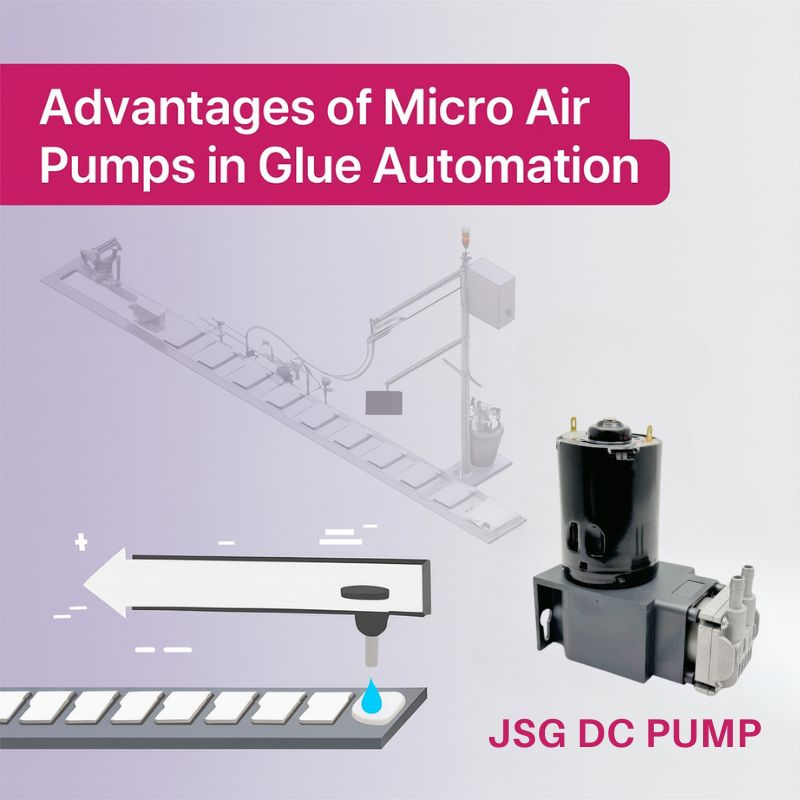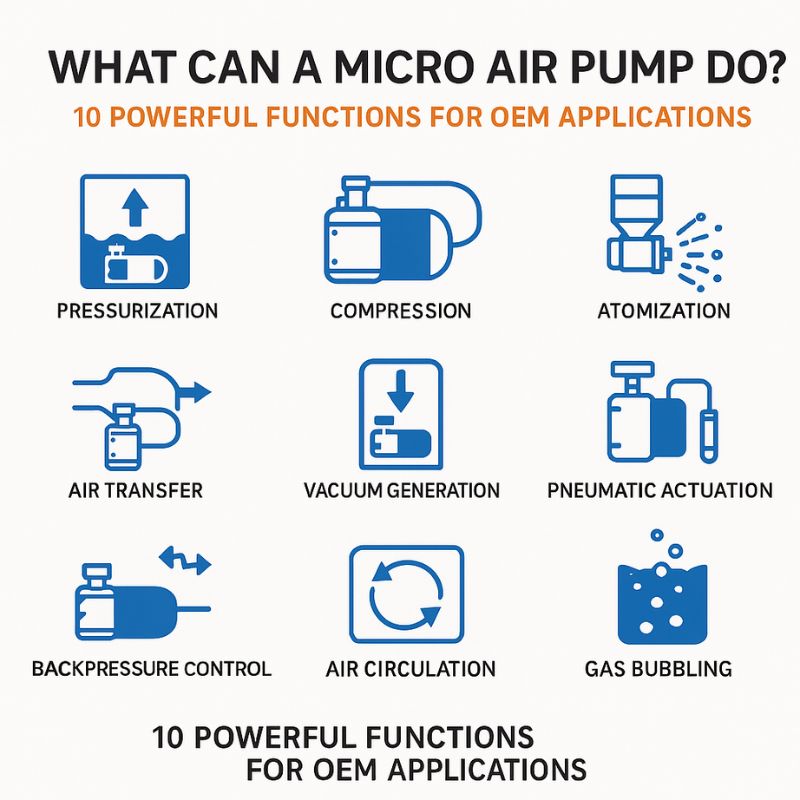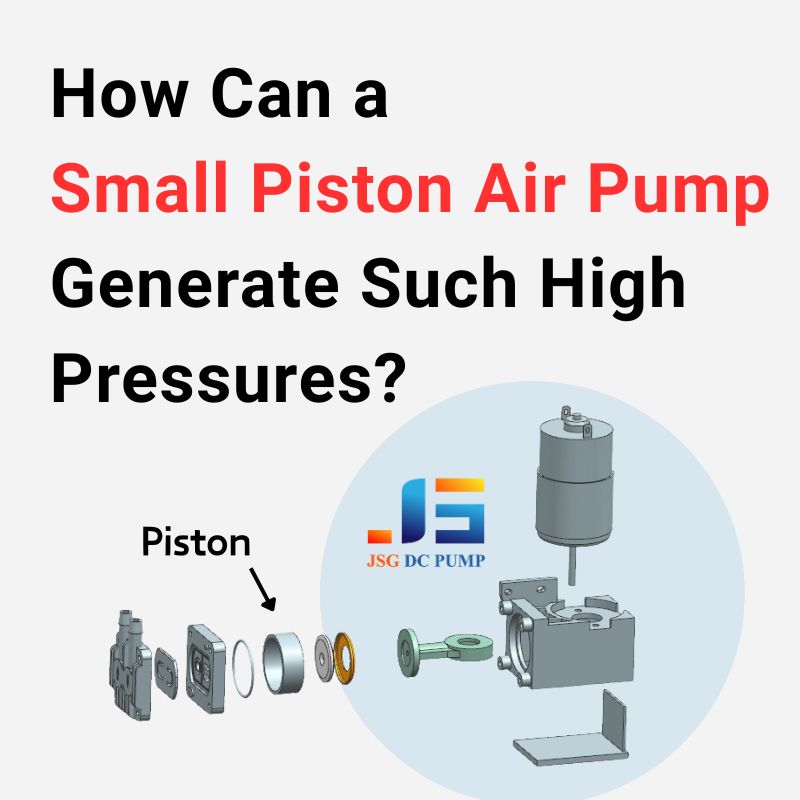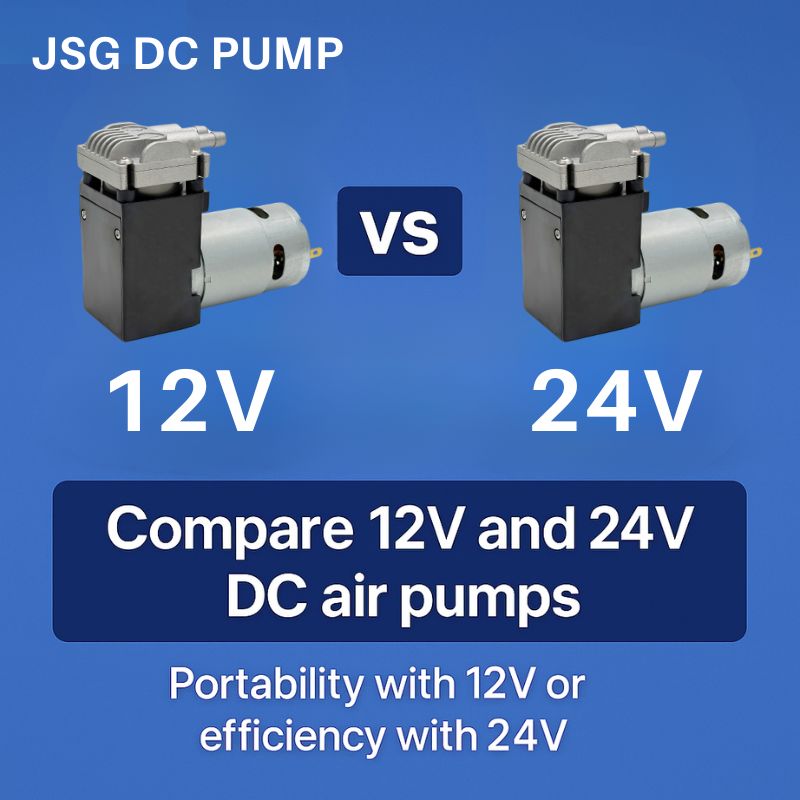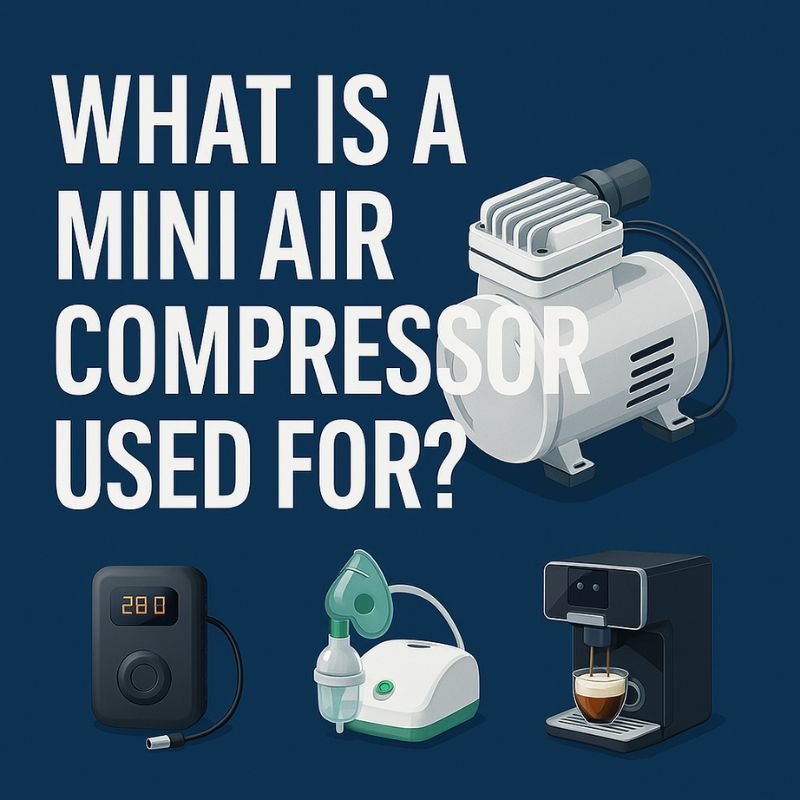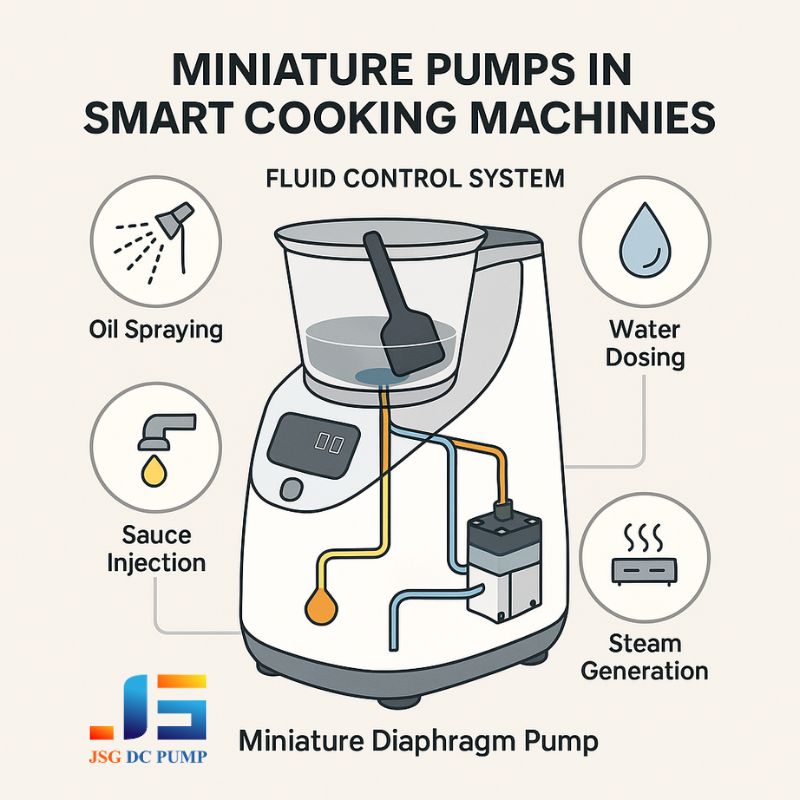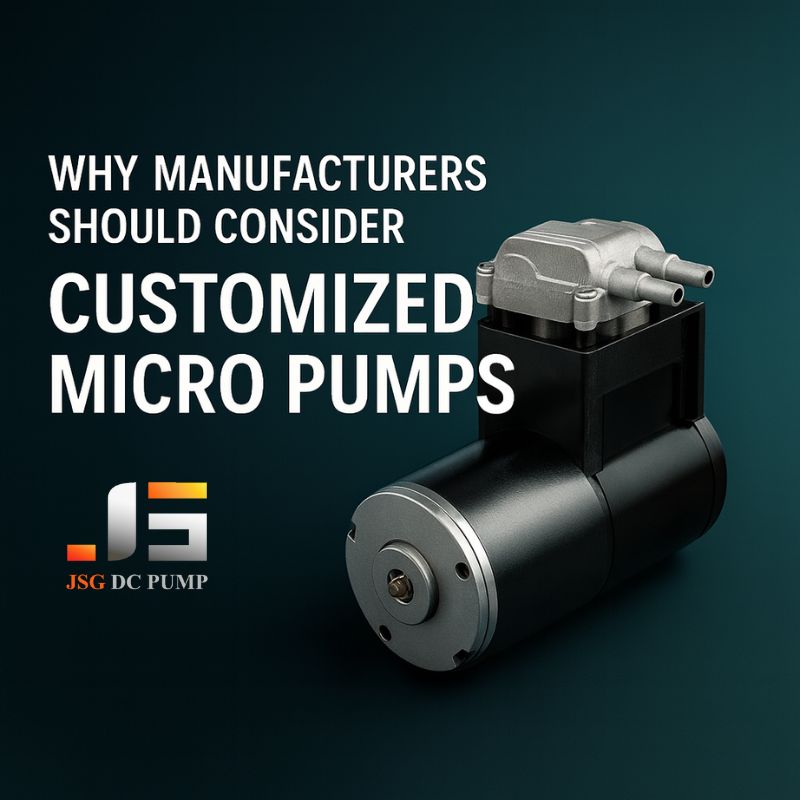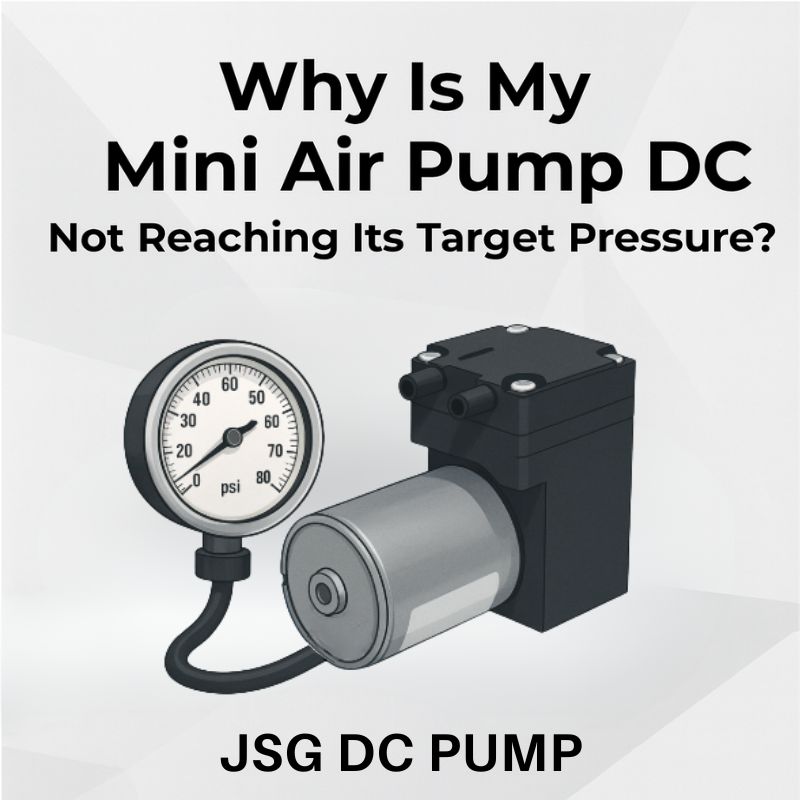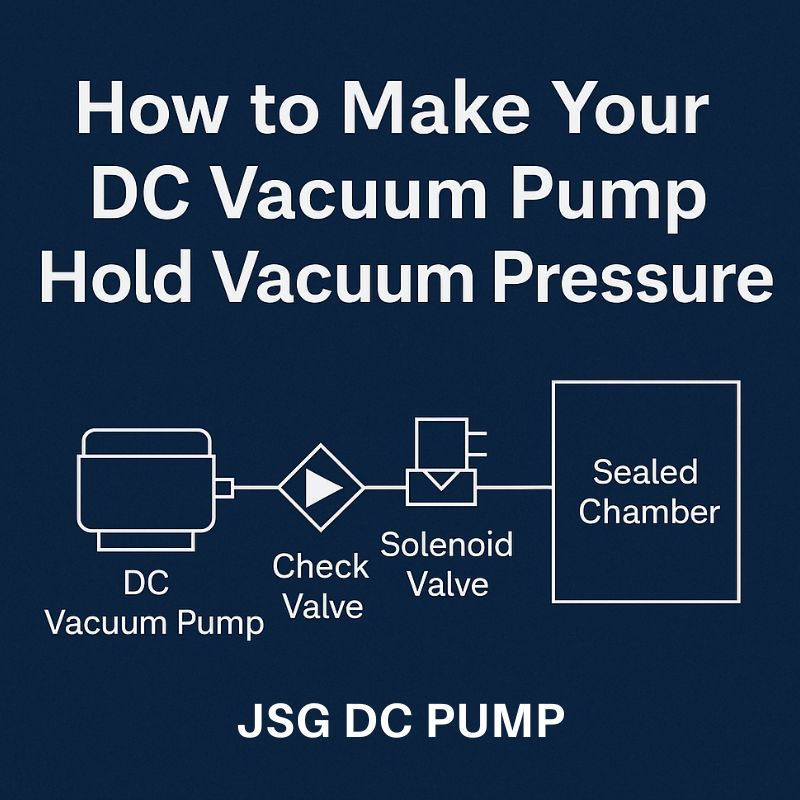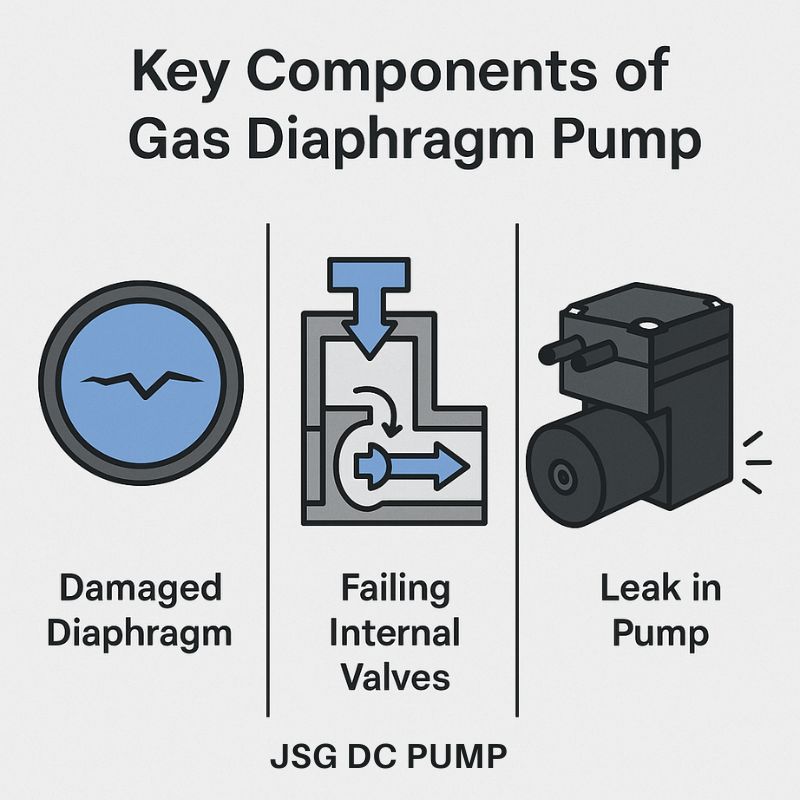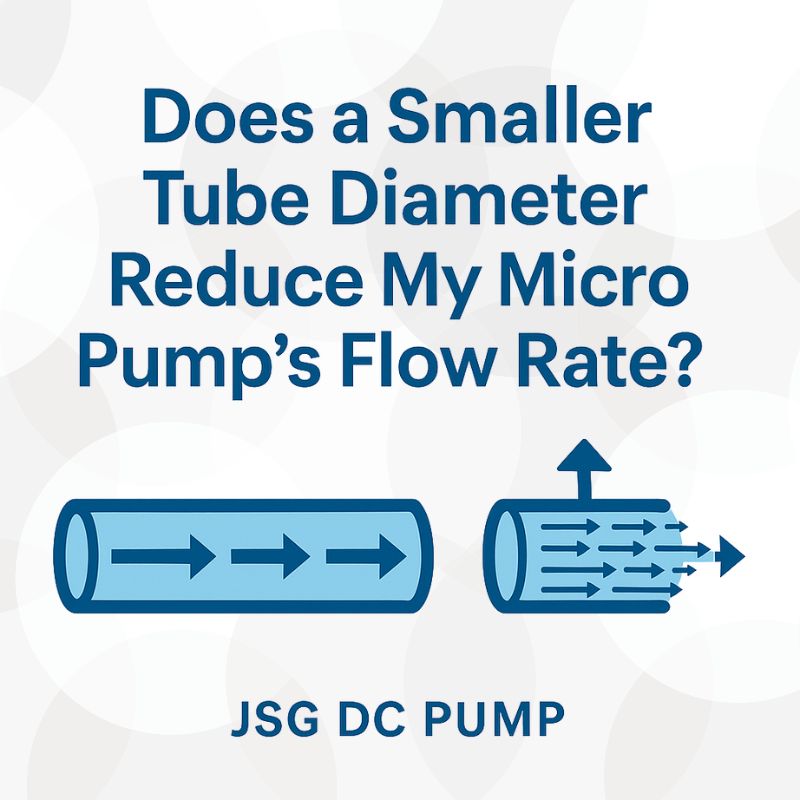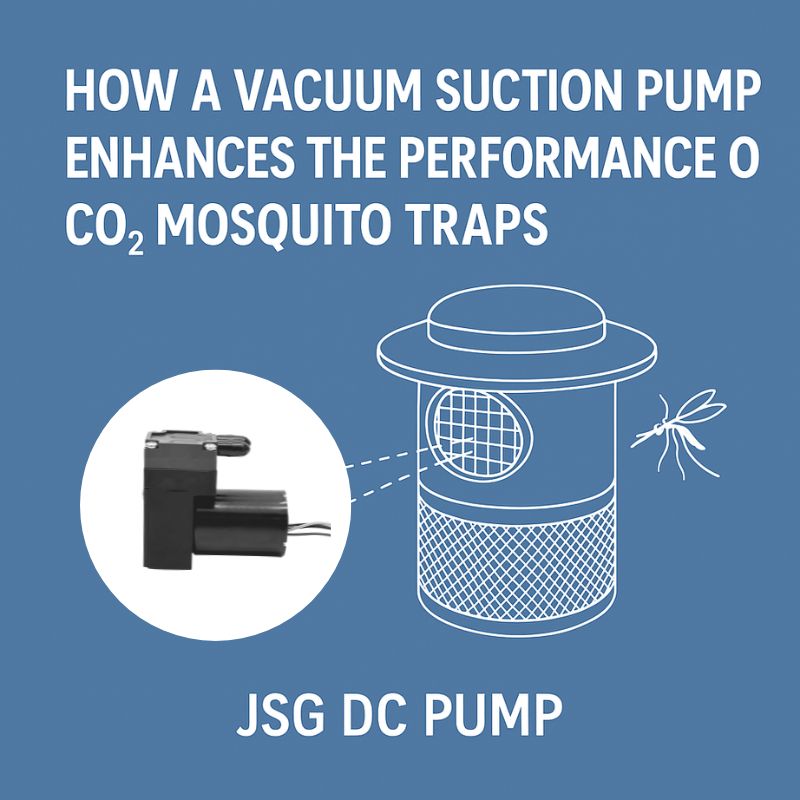You’re struggling with inconsistent results from your automated gluing process. Messy drips, clogged nozzles, and uneven glue dots are slowing down your production line and leading to costly product rejects.
A Micro Air Pump provides the precise, stable, and repeatable air pressure needed to operate a pneumatic glue dispenser. This controlled pressure ensures that the exact same amount of adhesive is applied every single time, from tiny dots to continuous beads.
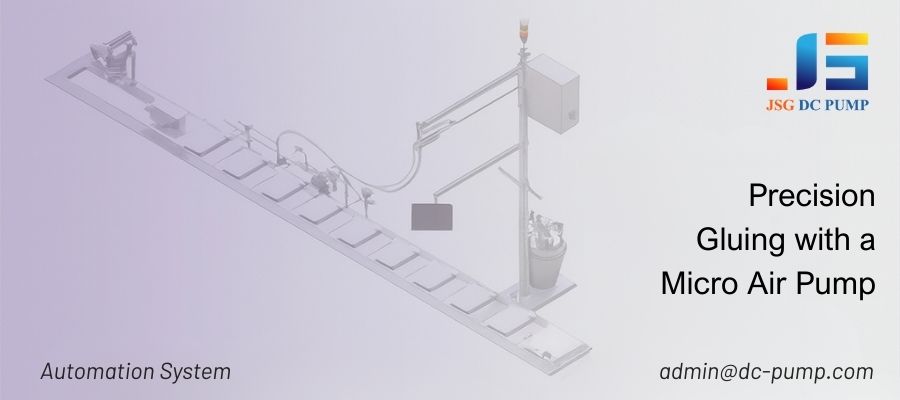
As an engineer at JSG DC PUMP, I’ve seen firsthand how automation can transform a production line. But automation is only as good as its weakest link. For glue dispensing systems, that weak link is often an unstable pressure source. Using a generic, unregulated air supply leads to chaos. A dedicated, high-precision Micro Air Pump is the solution that turns a good automation system into a great one. It’s the silent hero that ensures every single product coming off the line is perfect. Let’s explore the key questions that determine success in this application.
How does a Micro Air Pump ensure dispensing precision?
Your assembly process requires a micro-dot of glue, and the next one requires a perfectly straight line. Any variation means the part fails quality control. You need absolute consistency, thousands of times a day.
A Micro Air Pump is paired with a precision regulator to deliver rock-steady air pressure. This constant, non-fluctuating pressure on the glue syringe’s plunger guarantees each dispense cycle is identical to the last.
The secret to precision is eliminating variables. In a pneumatic dispensing system, the most critical variable is the force pushing the glue out. A high-quality Micro Air Pump provides a pulse-free, stable airflow which acts as a reliable foundation.
This flow is then fed into a precision pneumatic regulator, which is set to a specific pressure (e.g., 20 PSI). No matter what, it will only output 20 PSI to the glue syringe. This combination creates a system where the only active variable is the “on-time” of the dispense valve, allowing for micro-liter precision, shot after shot.
Can a Micro Air Pump handle high-speed dispensing cycles?
Your production line needs to move fast. The glue dispenser must actuate quickly, stop instantly, and be ready for the next cycle in milliseconds. A slow or unresponsive system creates a major bottleneck.
Yes, it can. A Micro Air Pump with a high flow rate creates a “pressure reservoir” within the system’s tubing. This allows the dispensing valve to open and close instantly, delivering fast, crisp cycles.
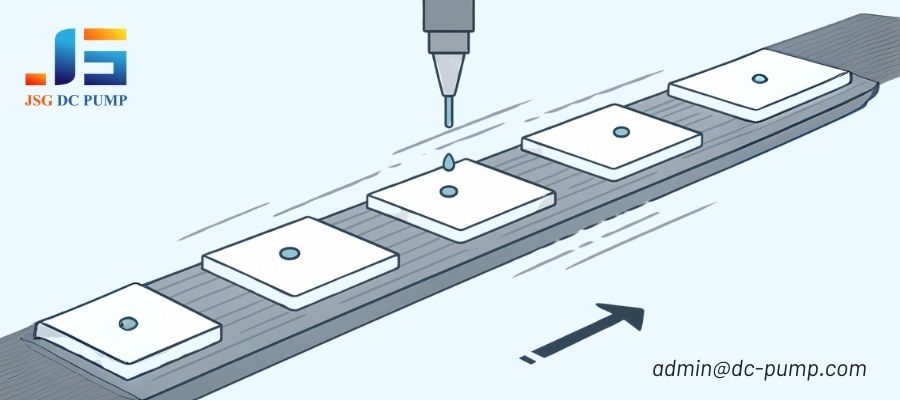
For high-speed applications, we use a smart strategy. The Micro Air Pump runs continuously to pressurize the air line. That’s why a pump with a high flow rate, like our JSG DC PUMP model BD-079A-M which delivers 50 L/min, is such a great fit. It can rapidly charge the line and keep the pressure stable even during very fast and frequent dispensing.
When the system controller signals for a drop of glue, it simply opens a fast-acting solenoid valve for a few milliseconds. Because the pump has already created a stable pressure reservoir, the system is always ready for the next cycle instantly.
How does a Micro Air Pump prevent nozzle clogging and drips?
You’ve finished a run, but the glue keeps slowly oozing from the nozzle, creating a mess. Worse yet, when you start the next run, the nozzle is clogged with cured adhesive, halting production entirely.
This is solved by pairing the pump with a control circuit that creates a slight vacuum. After each dispense, the system momentarily reverses the airflow, gently sucking the glue back up into the nozzle.
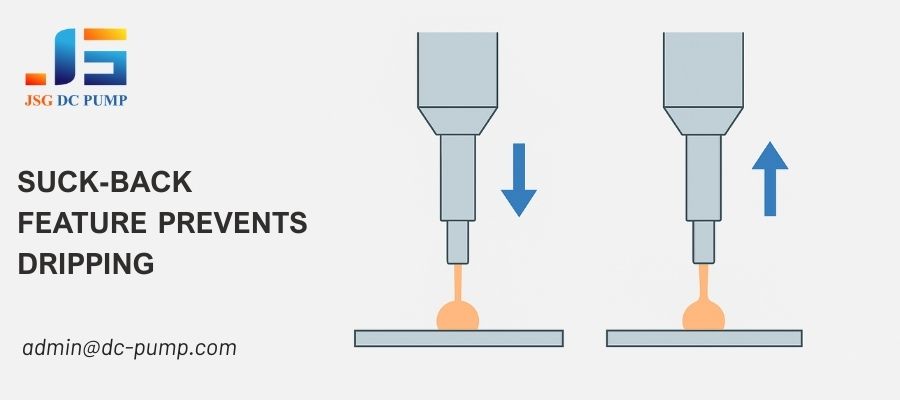
This “suck-back” feature is one of the most valuable functions a pneumatic system can provide. It requires a versatile pump that can also create a vacuum. At the end of a dispense cycle, the main pressure valve closes, and a separate, three-way valve instantly applies a brief pulse of vacuum to the air line.
This negative pressure pulls the “thread” of glue back from the tip and slightly up into the nozzle. This prevents messy drips and keeps the adhesive away from the air at the nozzle opening, which stops it from curing and creating a blockage.
How does a Micro Air Pump adapt to different glue viscosities?
You use a thin, watery cyanoacrylate for one product, and a thick, paste-like epoxy for another. A single-setting system would fail miserably, dispensing too much of the thin glue and not enough of the thick one.
The output of the pump system is fully adjustable. By pairing a high-pressure pump with a regulator, you can set the exact pressure needed for any glue viscosity, from thin liquids to thick pastes.
This is the ultimate advantage of a pneumatic system. Versatility is built-in. To handle thick, high-viscosity pastes, you need a pump with a lot of power in reserve. For instance, our BD-079A-M pump is capable of generating up to 700KPA (over 100 PSI).
While you may only regulate this down to 60 or 80 PSI for the application, having that high-pressure overhead ensures the system can push even the thickest materials smoothly and without strain. For thinner glues, you simply dial the regulator down to a lower pressure setting. This makes a single station incredibly versatile.
How can a Micro Air Pump improve system reliability and uptime?
Your production line just stopped because a dispenser pump failed. Now you face costly downtime and missed deadlines, all because of one small, overlooked component.
A high-quality Micro Air Pump with a brushless motor is designed for continuous, 24/7 operation. With no wearing parts like brushes, it offers a lifespan over 10,000 hours, dramatically reducing maintenance and unexpected failures.
In manufacturing, downtime is the enemy. The cost of a failed pump isn’t just the replacement part; it’s the hours of lost production. That’s why industrial-grade components are critical. Powerful pumps like the BD-07AB-M are built around robust brushless motors.
Unlike standard brushed motors, a brushless design has no friction and no parts designed to wear out. This translates directly to a much higher Mean Time Between Failures (MTBF) and makes it suitable for the demands of a non-stop production schedule.
How does a Micro Air Pump integrate into a larger automation system?
You’re designing a compact machine, but bulky components are a nightmare. Finding space for a large, awkward air pump and its power supply complicates your entire design.
Micro Air Pumps are ideal for integration due to their small footprint and low-voltage DC power requirements. They can be easily mounted directly where needed and powered by the machine’s existing supply.
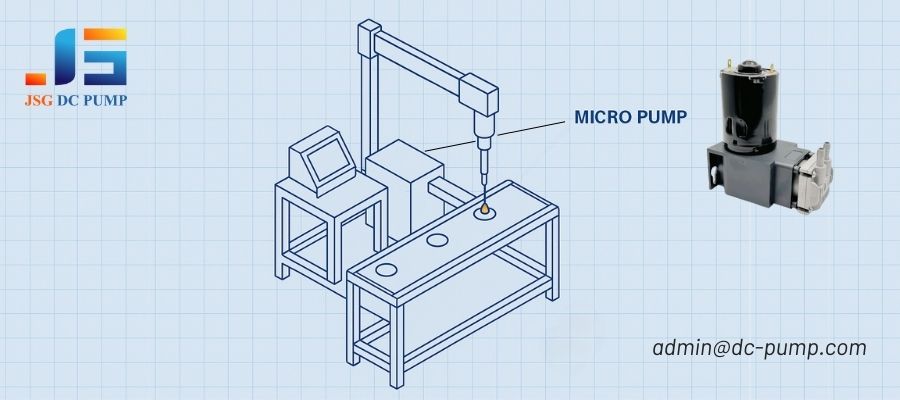
A key benefit of our micro pumps is how easily they fit into a larger design. Their compact size means you can place them very close to the point of use, which shortens air lines and improves the response time of the dispensing action.
Furthermore, they are designed to run on the low-voltage DC power that is standard in most industrial automation. A versatile model like the BD-079A-M can operate on either 12V or 24V, allowing it to be powered from the same supply as the machine’s other sensors and controllers. This eliminates the need for a separate AC outlet and bulky power adapter.
Conclusion
A micro air pump is the engine of precision in glue automation. It delivers the stable pressure, fast response, and long-lasting performance required to maintain consistent adhesive dispensing in high-throughput production lines.
Whether you’re applying tiny glue dots or continuous beads, JSG DC PUMP provides micro air pump solutions that integrate seamlessly into your automation system—with adjustable pressure, anti-drip control, and brushless motor reliability.
📩 Need Support for Your Glue Dispensing Project?
Partner with JSG DC PUMP to power your automation system with precision.
📧 Contact us at admin@dc-pump.com
→ Reliable Pumps. Global OEM Experience. Proven in Production.


